Canada Beef Performs Newsletter
We respect your right to privacy. We will not share or distribute your personal information and you can opt out anytime. ~Canada Beef

Canada’s National Beef Sustainability Assessment found that production of one kilogram
of Canadian beef (boneless and consumed) created 15% less greenhouse gases in 2021 than in 2014.
Each step during cattle harvest is performed with great care to ensure all food safety requirements are satisfied.
Most beef calves are born in the spring when their mothers will have access to spring grass. Calves spend the majority of their lives on open pasture.

Effective grazing management allows farmers and ranchers to obtain the highest forage yields for cattle while supporting the pasture ecosystem.

Raising cattle helps preserve wetland ecosystems. Almost 25% of the world’s wetlands are in Canada.

Manure and cattle grazing activity adds more soil organic matter with improved water-holding capacity.

Grassland landscapes are preserved through cattle production and are home to some of Canada’s most endangered species.

Grazing reduces dry flammable material and promotes the growth of new, green grasses, which burn more slowly.
When cattle enter a feeding operation, they are provided a diet that includes grain. Cattle are typically placed into pens that permit close observation and less waste when feeding.

Management practises as well as genetics enable Canadian cattle to use less feed to produce beef.

Cattle’s digestive system is able to utilize byproduct such as distillers’ grains or grocery waste to produce high-quality and nutritious food.

Manure from cattle contains valuable nutrients and serves as organic fertilizer for plants and crops.

Areas holding livestock must be carefully designed to protect the natural environment as well as animal welfare.

The most sophisticated treatment systems used in Canadian beef processing can return water that exceeds Canadian drinking standards.

The biodigester uses bacteria to digest organic waste, producing biogas that is used to create electricity or heat used in the processing plant.

This technology converts manure or inedible materials from the carcass into steam, heat and electricity to be used inside the plant.

Rendering recycles byproducts such as bone, blood and fat to make them into new products, including pet foods, soap, candles and biodiesel.

The partially digested contents of the stomach, called “paunch manure”, can be spread on crop land and used as a valuable natural fertilizer.

An estimated 99% of the beef animal can now be used for human food, clothing, pet food, medicine production and much more.

Improvements in processing practices, as well as packaging technology, have also extended the shelf-life of beef which reduces the amount lost to spoilage.
As a cattle rancher, I know that we produce our beef in a responsible, sustainable way in Canada. I am immensely proud of the continued progress made by industry in this regard.
Ryan Beierbach, Ryan Beierbach Chair, Canadian Roundtable for Sustainable Beef
Like farmers and ranchers, Canada’s beef processors continue to work to enhance practices that influence environmental sustainability. This includes reducing inputs such as water and energy, while maximizing the utilization of each animal, including both edible and inedible components. Water used in beef production processes and for cleaning equipment and work surfaces, is often recycled using specialized treatment facilities. The reduction of waste during processing is a critical element in Canada’s goals to ensure we efficiently utilize as much of the animal as possible.